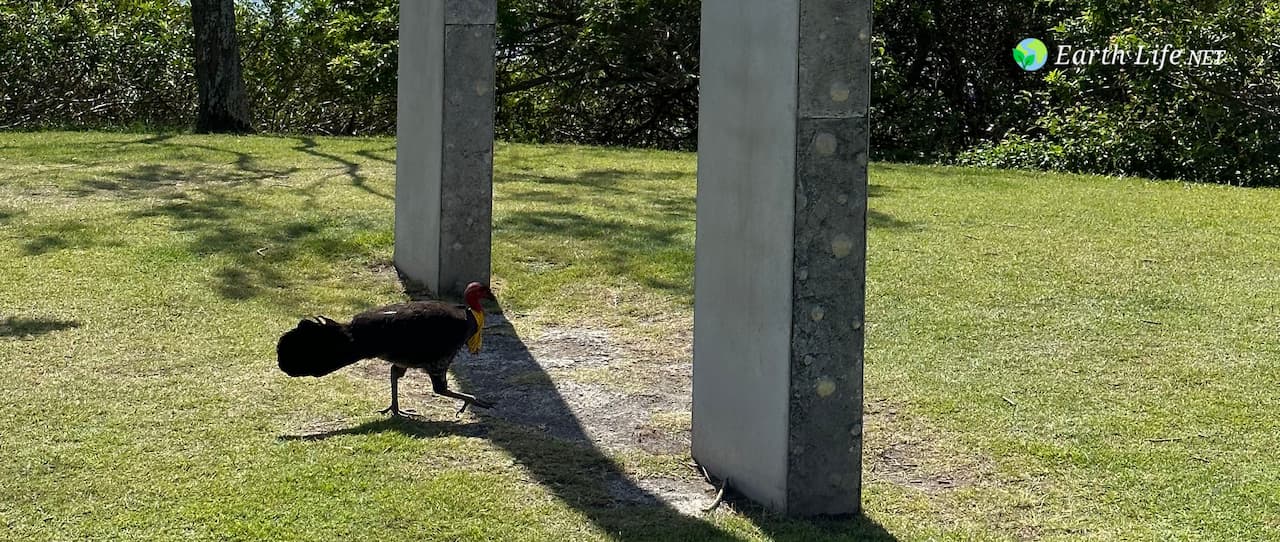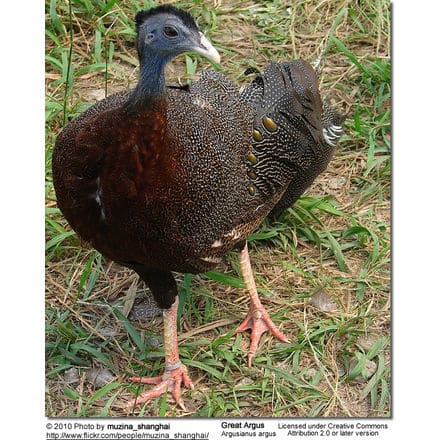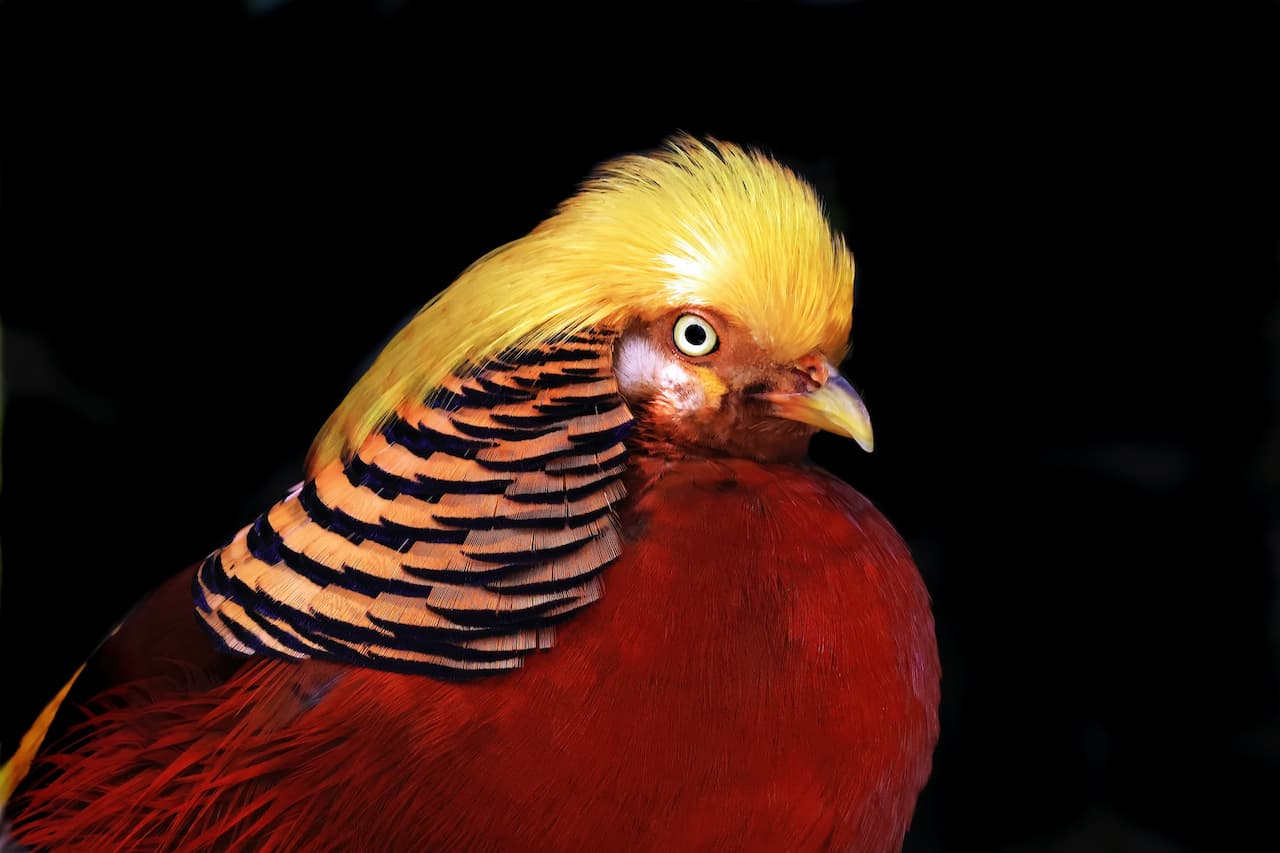White Holland Turkeys aka White Holland, Holland White, Austrian White Turkey or Wild Turkey
Turkeys
The White Holland Turkey are a very old variety of turkeys, originating in Mexico. They were introduced into Europe in the 1500s and were accepted into the Standard of Perfection in the U.S. in 1874. The White Holland is the ancestor of the Broad-Breasted White Turkey – the most commonly produced breed of domestic turkey.
Because of their wide breasts and short legs, they were originally an important commercial bird in this country in the early part of the twentieth century. But they have been replaced in that category by faster-growing and larger varieties.
True White Holland Turkeys are becoming rather rare, and conservation efforts are needed to preserve them. Many white turkeys are known as White Hollands, but not all truly meet breed standards.
Description:
Purebred White Holland male turkeys usually weigh about 33 pounds, and females weigh around 18 pounds.
The White Holland turkey has snow-white feathers and a red-to-bluish head. Some male White Holland Turkeys have black beards. The beak is pink to horn colored, and the throat and wattles are pinkish-white. Shanks and toes are pinkish-white. The original White Holland Turkey had blue eyes, though today many White Holland varieties, crossed with colored turkeys for greater hardiness, have brown eyes.
Today some varieties of White Holland Turkeys that have been crossed with Large Whites have broader breasts and shorter legs than the original, rare variety.
Breed clubs and associations:
-
- The American Livestock Breeds Conservancy, Box 477, Pittsboro, NC 27312, (919) 542-5704, www.albc-usa.org
-
- All American Turkey Growers Association, Danny Williamson, secretary-treasurer, 3441 Mustang, Tampa, KS 67483, (785)-965-2628
-
- American Poultry Association, P.O. Box 306, Burgettstown, PA15021, www.amerpoultryassn.com
- Society for the Preservation of Poultry Antiquities, Dr. Charles R.H. Everett, Secretary, 122 Magnolia Lane, Lugoff, SC, 29078
Species Research by Sibylle Johnson
Please Note: The articles or images on this page are the sole property of the authors or photographers. Please contact them directly with respect to any copyright or licensing questions. Thank you.



